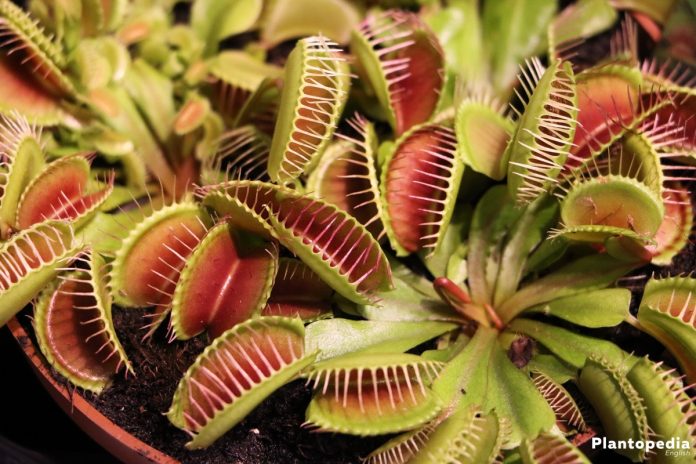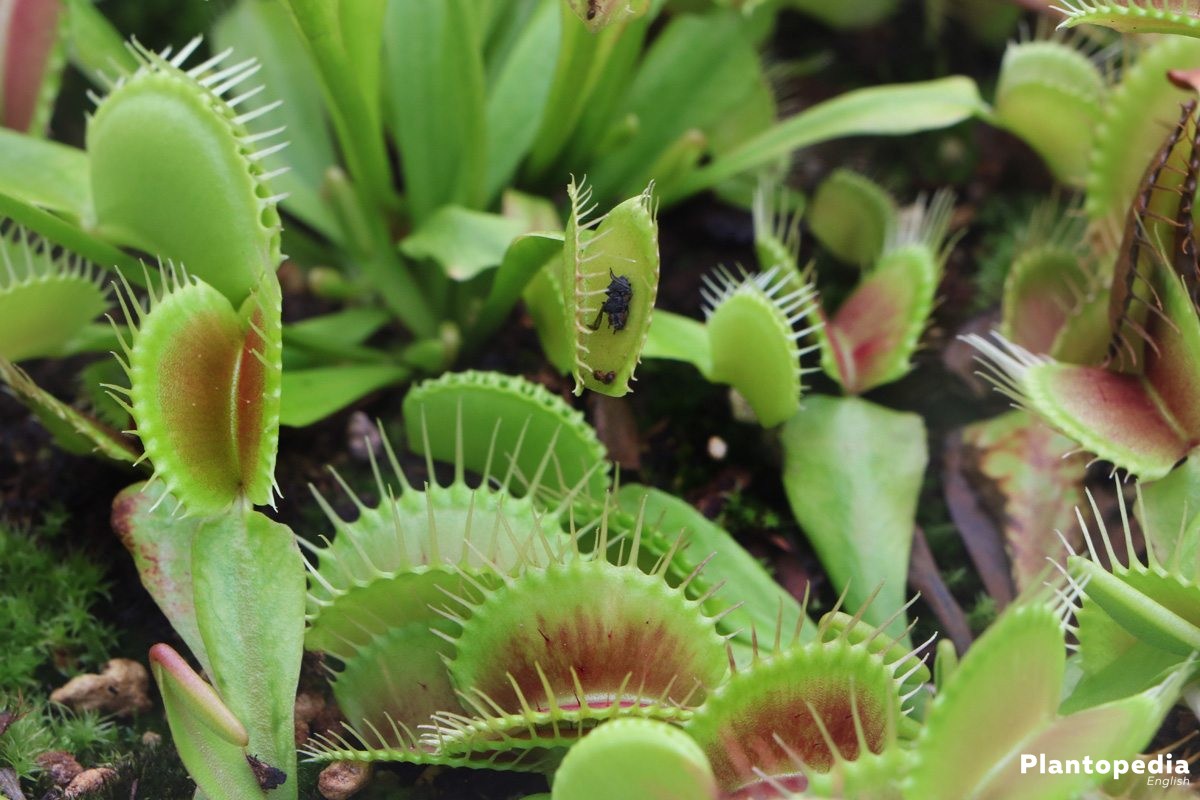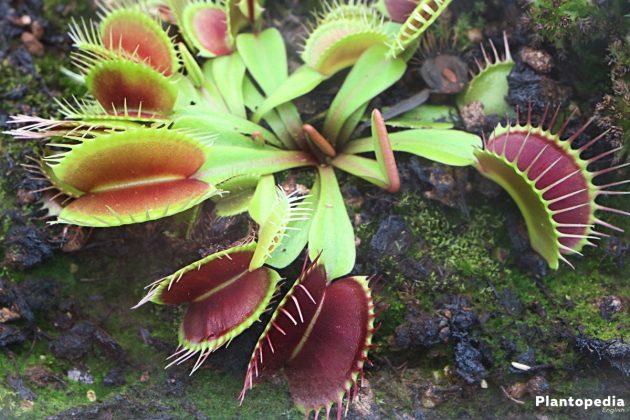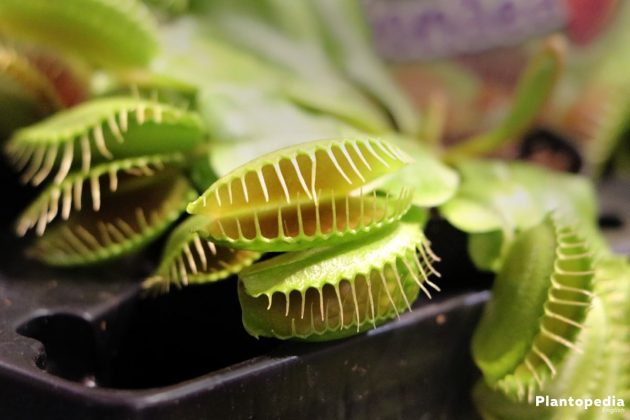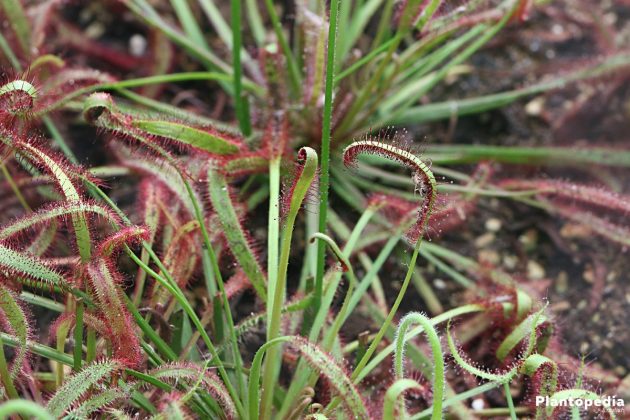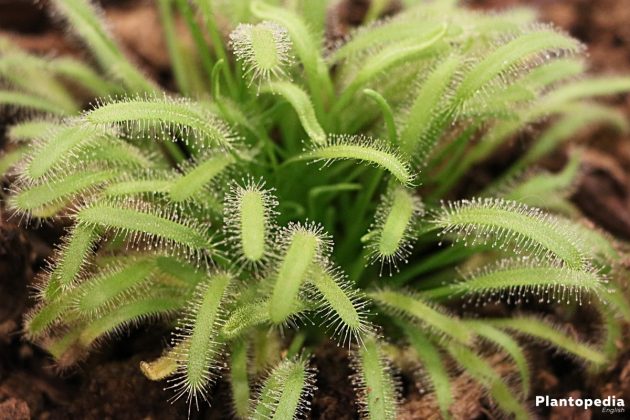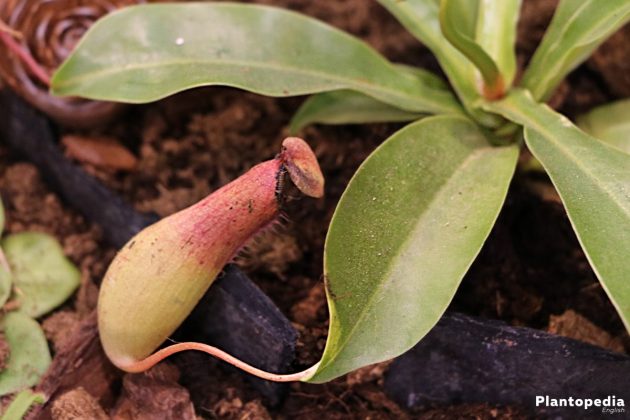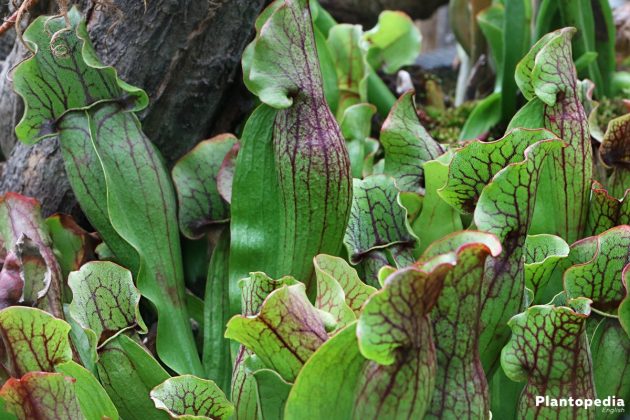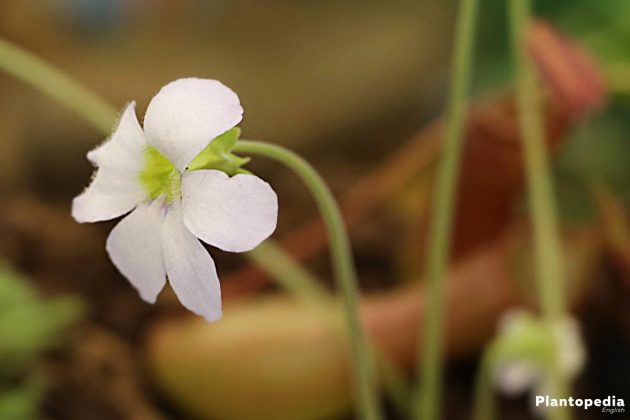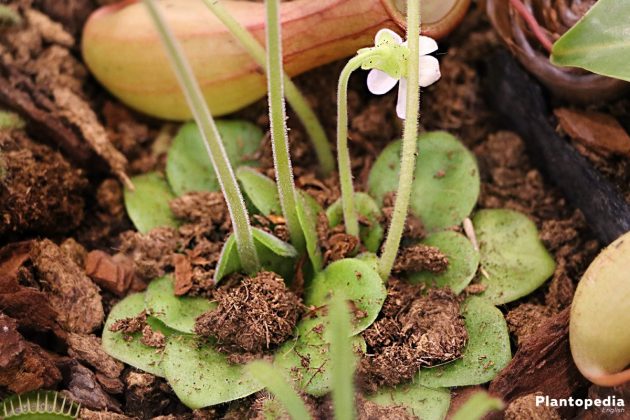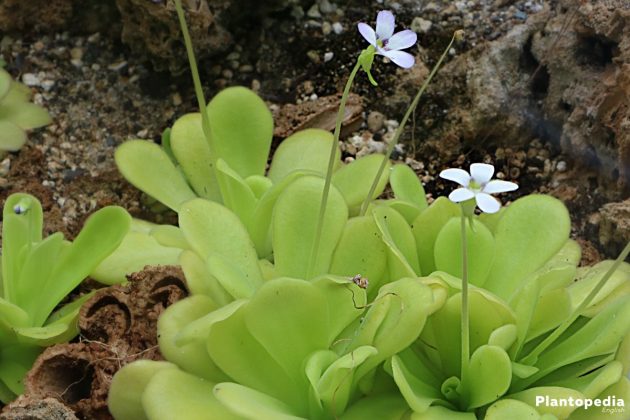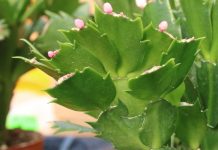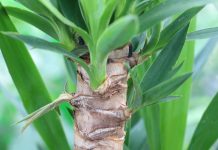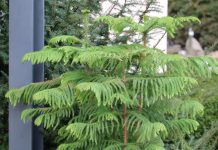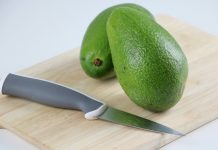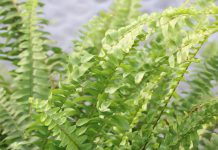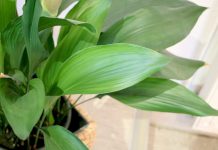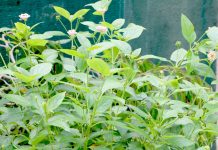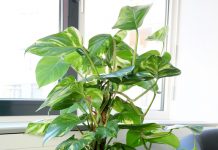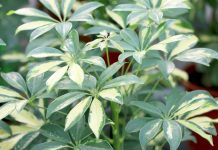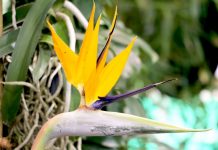Carnivores are an exotic enigma. However, their existence is a special adaptation to extreme environmental circumstances. Sustenance can be in form of manifold organisms: from tiny monads to insects such as flies and mosquitos to animals such as frogs. If you want to learn more about how to provide a pleasant home for these fascinating plants, please keep reading.
Plant Profile
Contents
- Plant family: carnivores, insectivores
- Species: among others Aldrovanda, Byblis, Dionaea, Pinguicula, Drosera
- Popular types: Venus flytrap, Sundew, Pitcher plant
- more than 1,000 different types exist
- Trivial names: carnivores
- Origin: all continents except Antarctica
- Carnivores are distinguished based on five types of traps: adhesive traps, clap trap, suction trap, pitfall trap, weir traps
Are you searching for an interesting plant hobby? Carnivores might just be what you were looking for. Keeping carnivores is not an easy task. Those without prior experience with these unique plants should start with affordable beginner carnivores from the DIY-store or the discounter.
Gaining first experience facilitates keeping expensive and sensitive types. In this article, a general care manual is provided for every type of carnivore. Please consider that a specific manual is needed for the chosen type.
Catching creatures seems obscure by plants, since they usually are satisfied with air, light, soil, and water. However, it is a naturally developed type of adaptation, which has developed according to the rules of evolution. Carnivores can develop in places where nitrogen and other minerals are only scarcely present in the soil. By digesting of small creatures, these nutrients are provided.
Carnivores are able to:
- lure prey with attractive colours and scents
- adhere to the prey
- kill it
- digest it
- absorb the nutrients
Prey mostly consists of monads and insects; but, also larger creatures such as amphibians or rodents are prey of some types. Digestion is conducted with enzymes for the so-called “active carnivores” that are also present in the human stomach. Passive carnivores use symbiotic bacteria for decomposition.
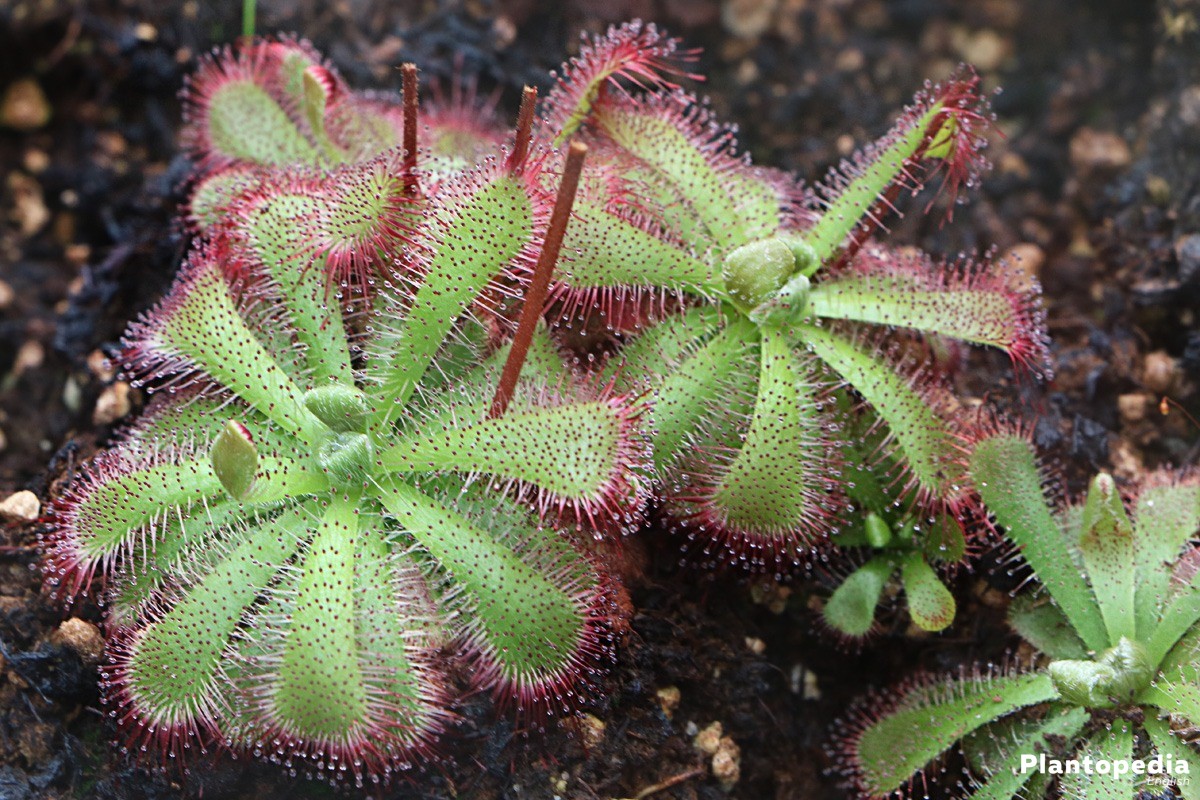
Care
Although a large number of carnivores exists, their demands are similar. This is a general care manual. If you wish to cultivate a special type it is recommended to inform yourself about the needs for this type separately.
Soil
Carnivores originate from low-nutrient regions. They live in moors or on barren sand soils. This is why they were able to develop their trap mechanisms over time. Hence, these plants also appreciate a low-nutrient soil in your home. Recommended soil is unfertilized white peat or high moor peat with low pH values, which can be mixed with some quartz sand.
If you do not feel like mixing soil you can also buy pre-mixed soils for carnivores. Do not use common flower soil for carnivores. They comprise too many nutrients.
Location
In order to find the right location, you will have to consider the natural origin of the carnivores again. Most carnivores are used to full exposure to sunlight or light shade. In the garden, they need a sunny location and inside a bright sill in eastern or western direction.
A full-sunlight south-pointing sill is not a good idea since the sunlight is intensified through the glass, which also decrease humidity. Not all carnivores require full exposure to sunlight. The pitcher plant is a good example for this, because it originally comes from the forests. Some carnivores also prefer terrariums.
Watering
You can be generous when watering. The various types of carnivores from moors or humid areas require a large amount of water. Waterlogging is not a problem for most types.
- find suitable lower pot
- fill it with one to two centimetres of water
- as soon as all water has been absorbed, wait for a few days
- refill
Do not use tap water. Rain or well water is better suited. It is mainly because of the lime in the water. Tap water is usually too hard, whereas rain or well water is not. If you do not have the possibility to get rain or well water you can use distilled water.
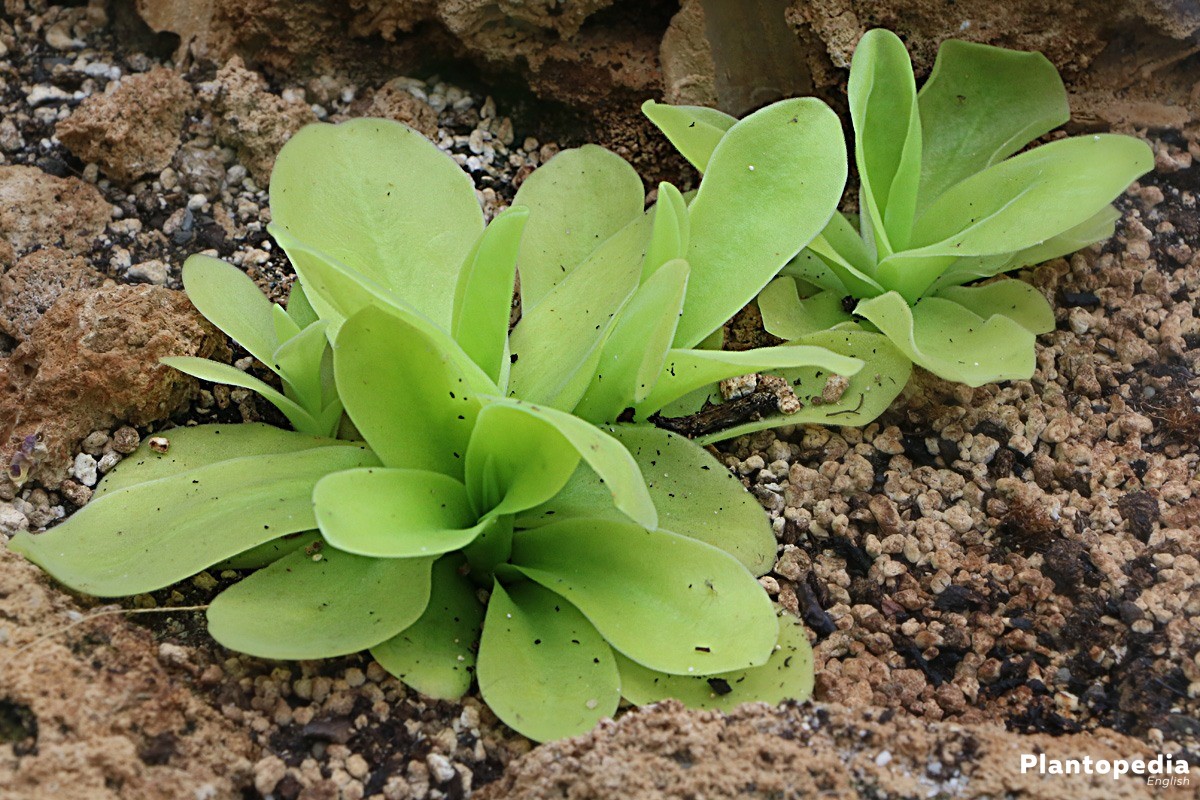
Humidity
Too dry air is a problem for carnivores. For room carnivores, it is not good to be placed on a sill above an active radiator. Spraying with water is also not recommended. For many types, it becomes too much humidity and mold develops. An important exception is the pitcher plant. It originates in the tropics and loves being sprayed with water.
Outside, humidity can hardly be influenced, but the humidity outside is usually sufficient for specific carnivores. If your carnivores require a high level of humidity, you can place it in a terrarium.
Fertilizing
Fertilizing is unnecessary and might even be damaging for carnivores. They are naturally prepared for surviving in low-nutrient areas. Also “feeding” should not be done too often. Even if your carnivores do not catch anything at all, they will still survive. They will just grow a little fewer leaves. If you feed your plants with insects constantly, it might damage it.
If you want to ensure a good provision of food, let a fly or mosquito into the room every now and then if it is not an outside plant anyway. Carnivores hunt their prey independently. If you want to try out the catching mechanism, you should feed live insects, which are not too large. The movement of the vivid insects stimulates digestion. This is not necessarily the case with dead insects.
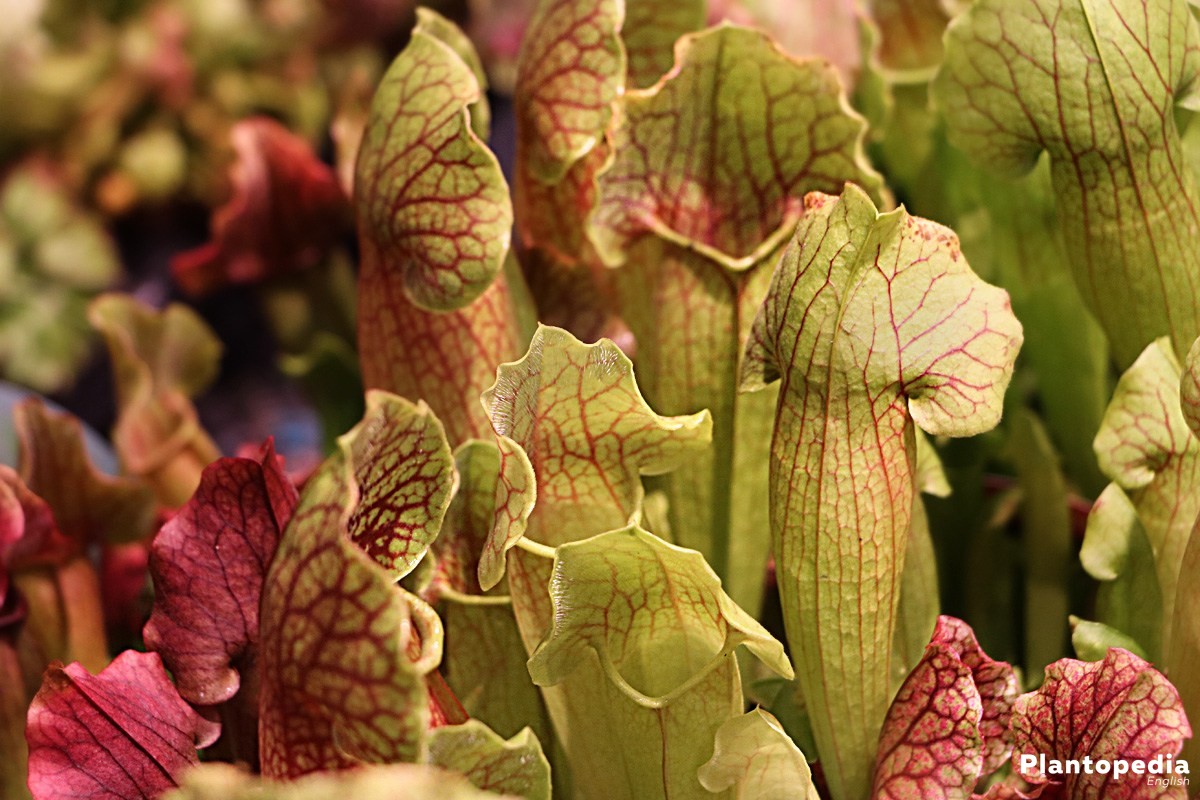
Planting
Sowing and propagation
Propagation via sowing is advanced. Other types of proliferation are easier, also check “proliferation”. If you still want to sow, use fresh seeds in high quality. Carnivore seeds are not very durable; hence, you should try to purchase them during summer.
They can be sowed in bulk on the here recommended soil, which is to be kept moist constantly. Since many carnivores (not all) sprout with light, you do not need to cover the seeds with soil, but place it in a bright spot.
If you do not want to by seeds, but harvest it yourself, you need to make your plants blossom. For this, it is crucial that all factors are good to very good. Carnivores use all kinds of pollination mechanisms. The ripe seeds are best harvested from the stem, because they are so small that it might become difficult to collect them from the ground.
If you do not wish to sow immediately, the seeds should be stored in a dark and cool place. Consider the shot durability. The seeds should be brought to sprouting within few weeks.
Winter
Room carnivores need little consideration because of the little threat of frosting. Only make sure that enough light is present and reduce the watering. Not catching insects during winter is not problem at all. Plants reduce their metabolism in winter anyway. During very dark winters a critical lack of light can occur. Then, all other factors such as temperature and humidity must be ideal.
It is a different scenario for outside carnivores: not all types can cope with central European climate and its frosts. If your plant is grown in Germany (more than a dozen plants are from Germany) you do not need to take precautions.
Types, which originate from other climate areas can die from frost. Hence, it is recommended to let them stay in a greenhouse during winter. (Sub-)tropical carnivores need less water during that time, but they still need constant temperatures and a lot of light.
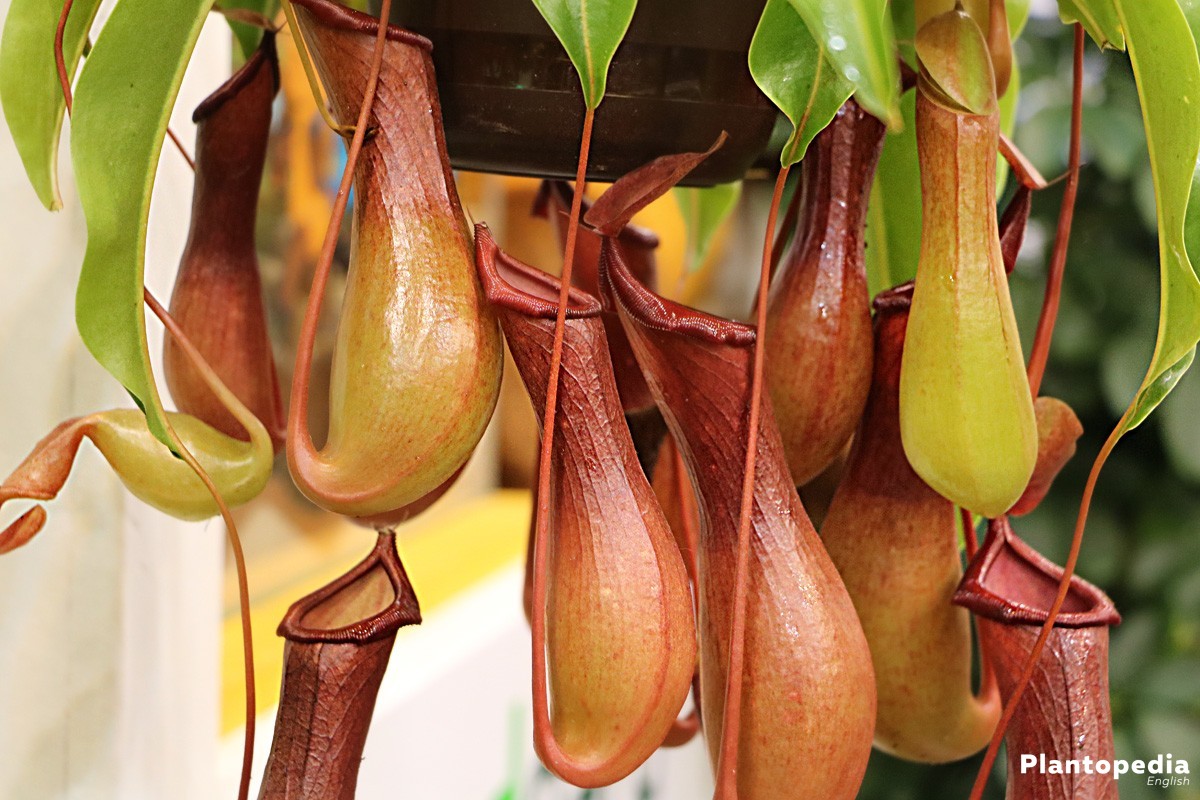
Propagation
Besides sowing, carnivores can also be propagated via scions. Many carnivores develop side shoots. They can be cut off with a clean knife. Afterwards, it is planted into carnivore soil and it will start rooting in steady moist to wet soil. The same procedure applies for common leaf and root scions, whereas leaf scions must be planted into the soil with the stem and root scions must be covered with soil entirely.
Diseases
Carnivores are prone to diseases and pest. Regular checking of the plants is important. The most serious problems are mold and aphids.
Mold
Also, carnivores experience dying of leaves. It is usually no problem. Because of the high air and soil humidity, mold can develop easily though. This specifically applies for room carnivores, since the air does not circulate much inside the house. Good conditions for mold are too warm/cold and dark rooms.
In order to prevent mold, you should remove died leaves regularly and provide ideal temperatures and a lot of light. If strong mold is still occurring, you can treat it with fungicides or isolate the respective plant to prevent spreading.
Aphids
These pesky aphids can also attack carnivores such as the Venus flytrap or the Sundew. You can use ladybugs, which are natural enemies of aphids. The problem: the carnivores might consider the ladybug as prey as well.
If you do not wish to use insecticides, you may want to try other methods from biological plant protection. You could spray the plants with a stock of stinging nettles. However, ensure good air circulation to prevent mold.
Types
Three types of carnivores are particularly popular:
- Venus flytrap
- Sundew
- Pitcher plant
The Venus flytrap
This carnivore has clap traps: when insects stimulate the hair on the inside of the catching leaves, the trap closes and the insect is trapped. Then, it will be digested. The indigestible chitin shell will be blown or washed away in nature. With room carnivores, you can collect it. The speciality of caring for the plants is the winter hibernation: the location should be still bright but a littler cooler from October on. A difference of up to five degrees is possible. Prevent drafty places.
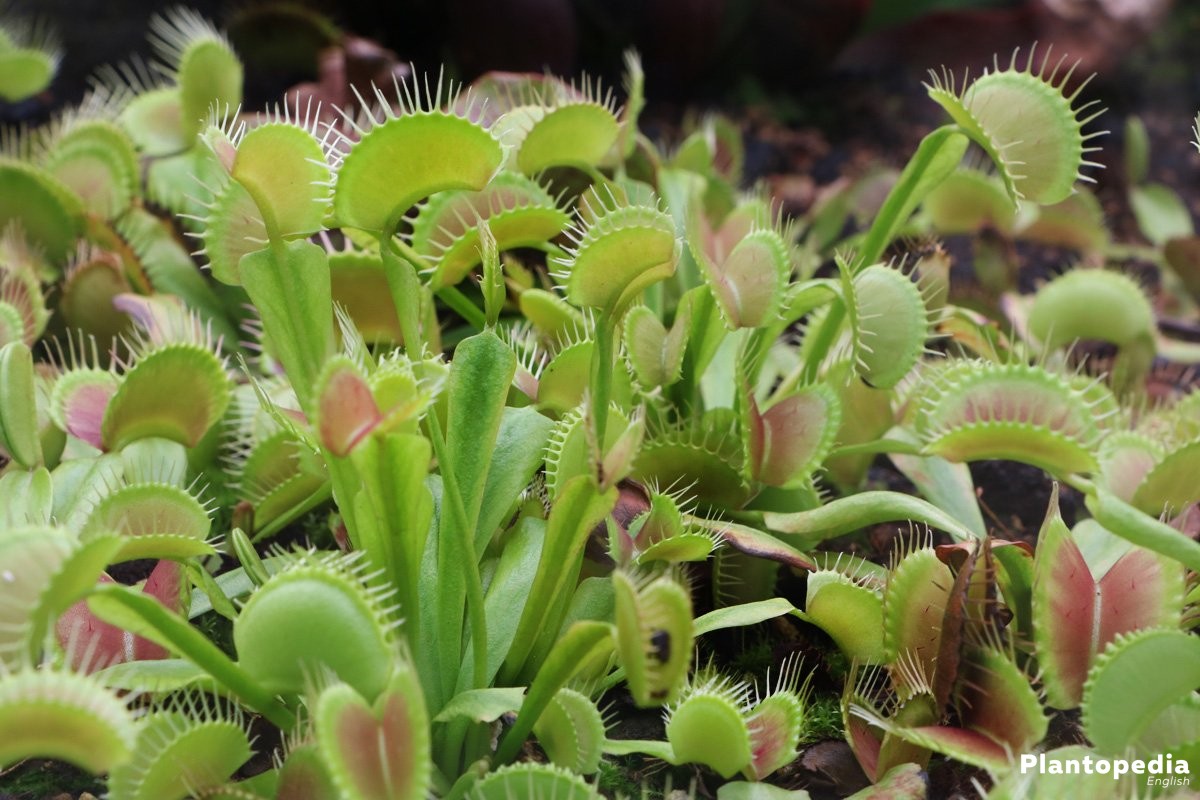
The Sundew
The Sundew has tentacles with adhesive glands, to which the insects adhere. When the prey is caught the respective leaf rolls slowly and releases digestive enzymes. There are approx. 200 types of sundew. Some of the are easy to care for, others are very difficult or even impossible to cultivate. Types require a high degree of light and humidity. Some are perfectly suited for terrariums. Sundew does occur naturally in Germany. They are freeze-resistant.
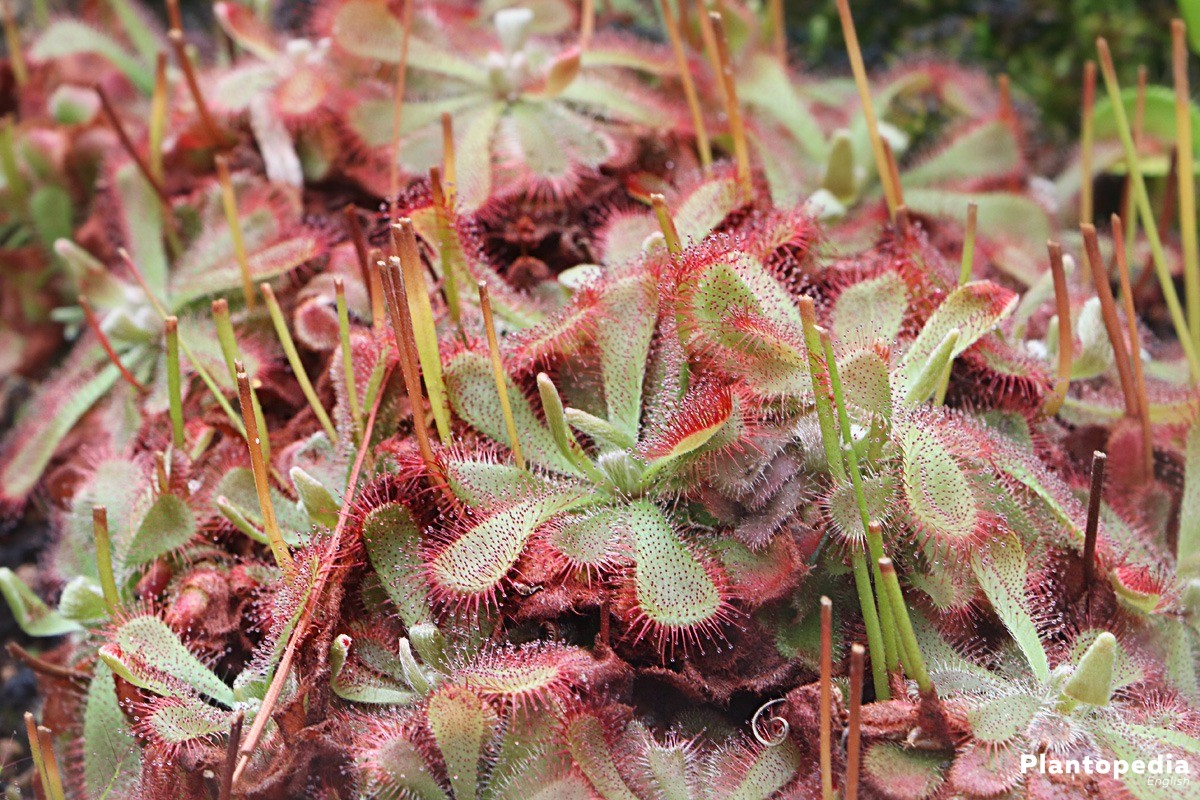
Pitcher plant
Pitcher plants have pitfall. They have an opening on the top, which is protected from rain. The pitfall contains concentrated digestive liquids. Insects, amphibians, and even small rodents are lure into the pitfall by scents and colour. Because of the smooth and solid inside walls, the animals are not able to escape.
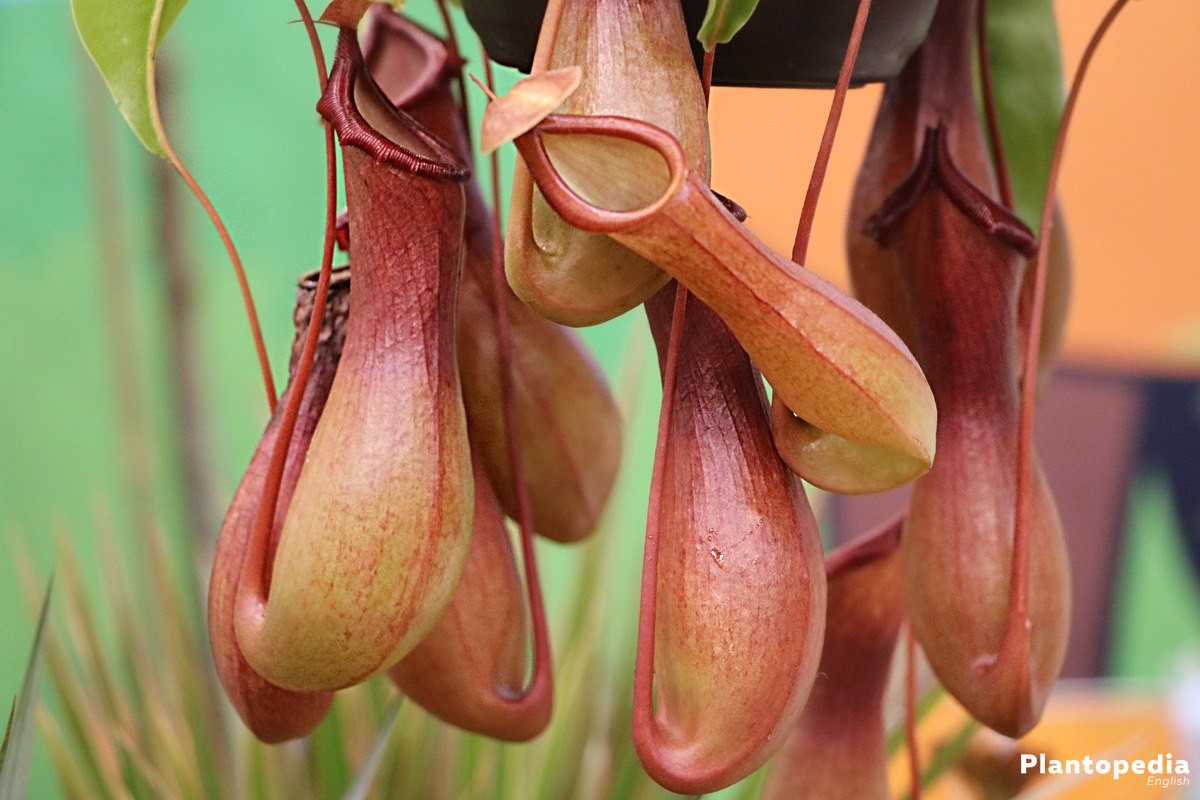
These plants have high requirements with regard to temperature: 20 to 30 degrees are necessary. Pitcher plants also require a lot of water and may be sprayed, too. Waterlogging can be a problem.

